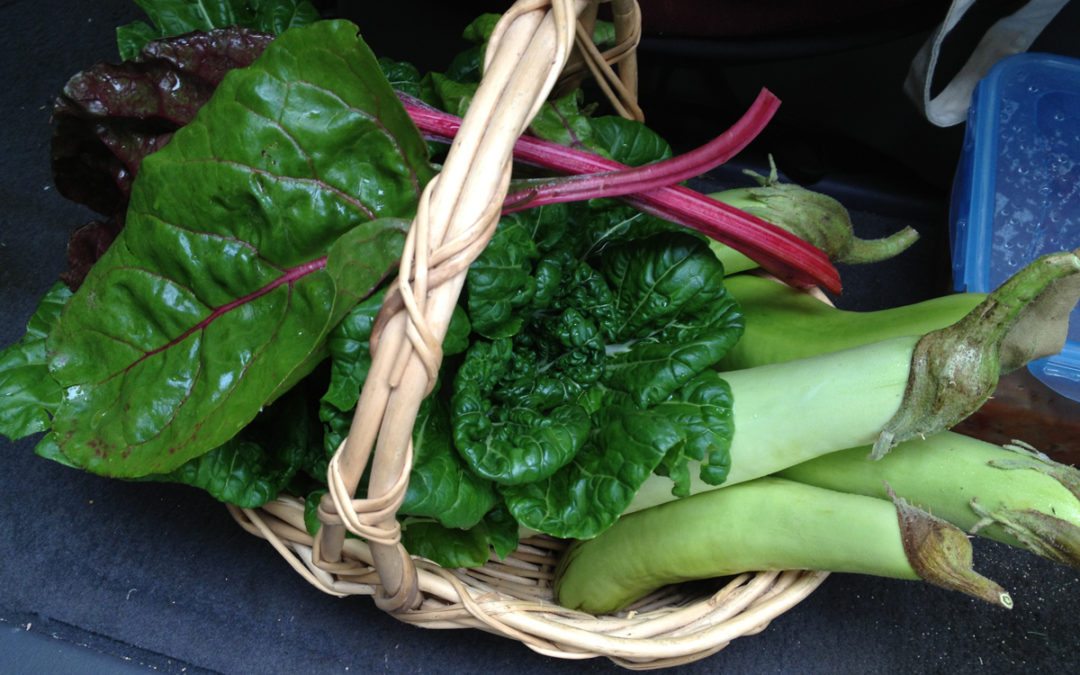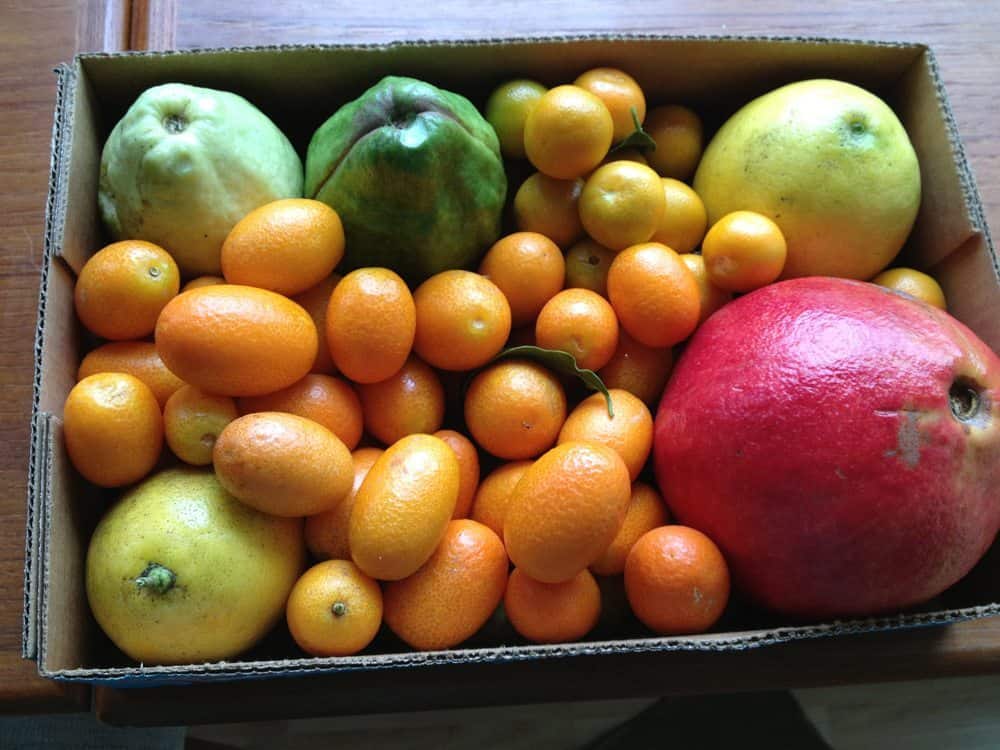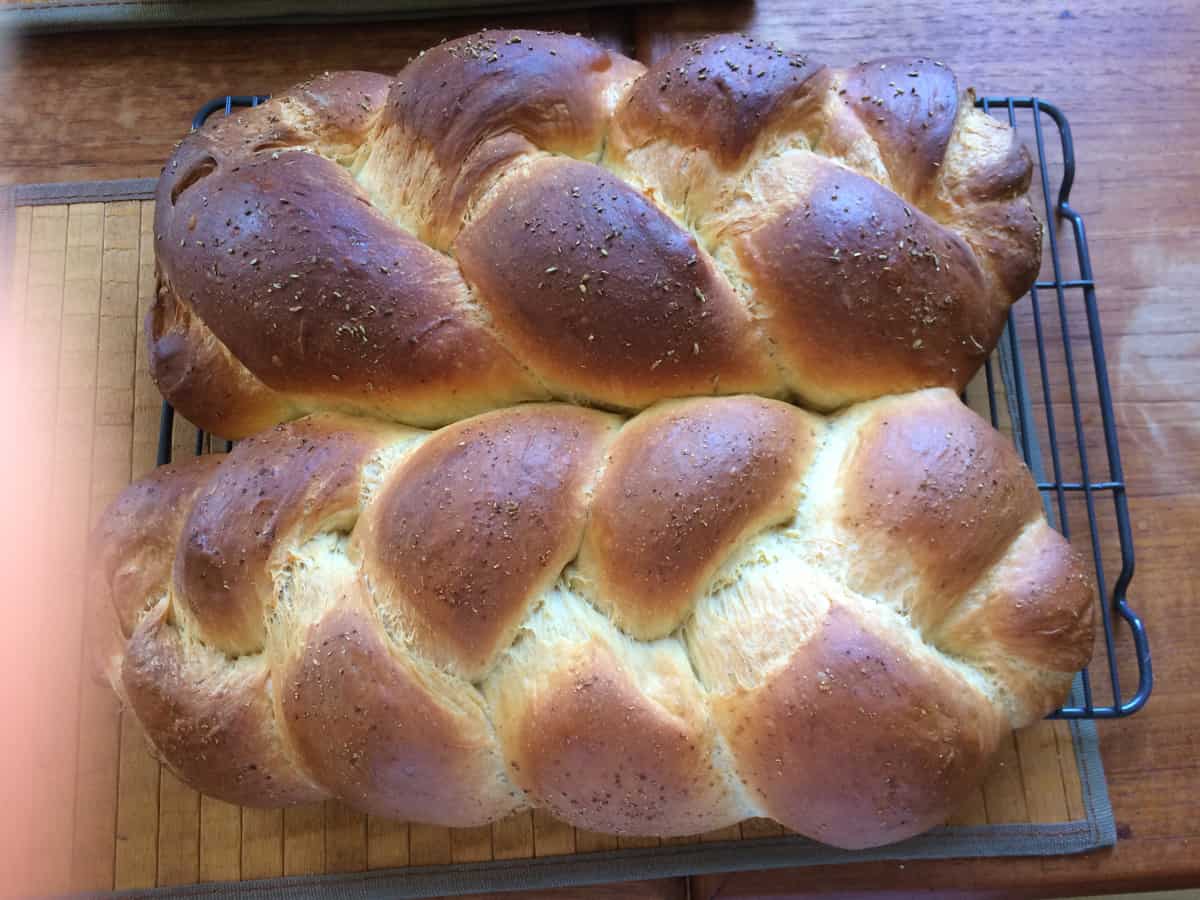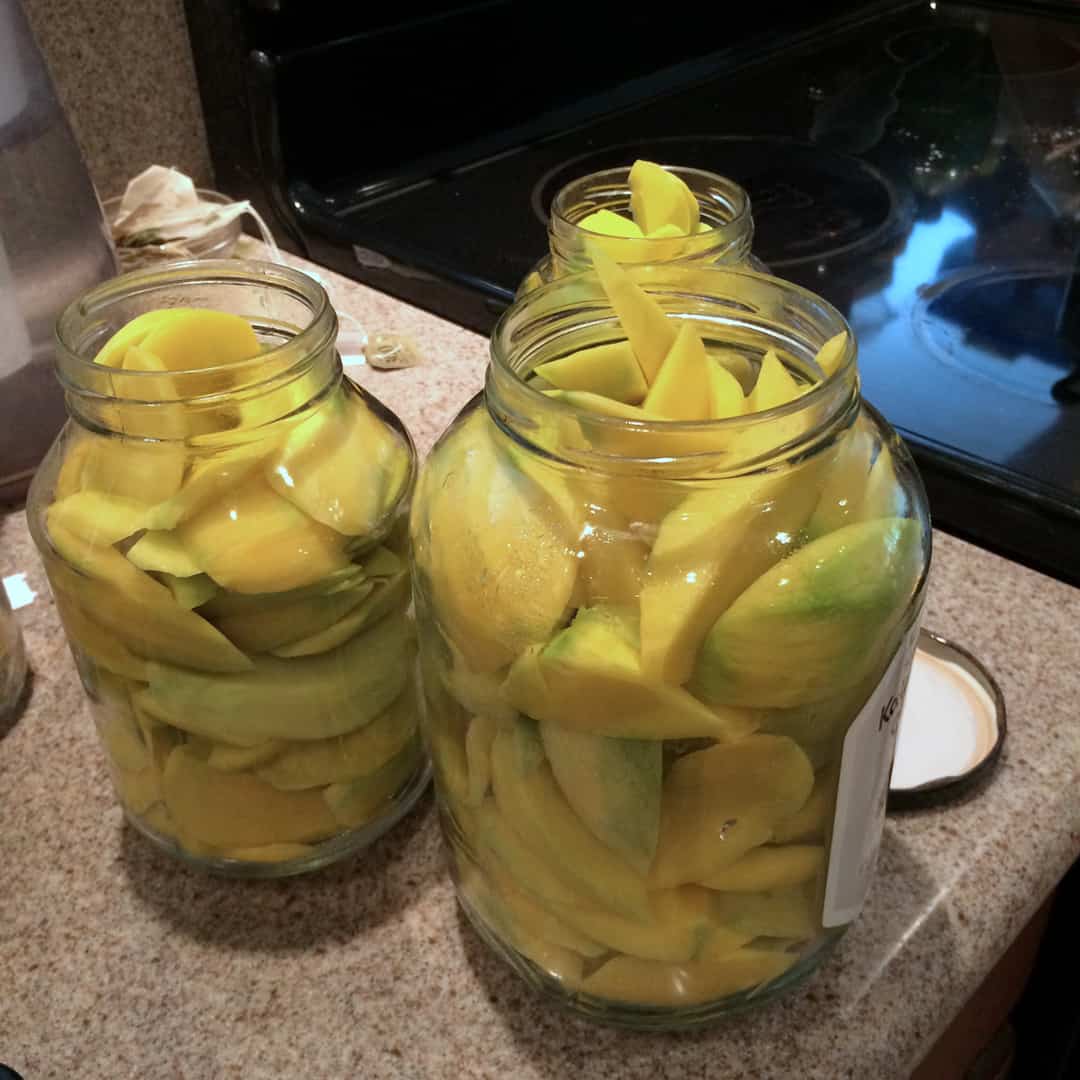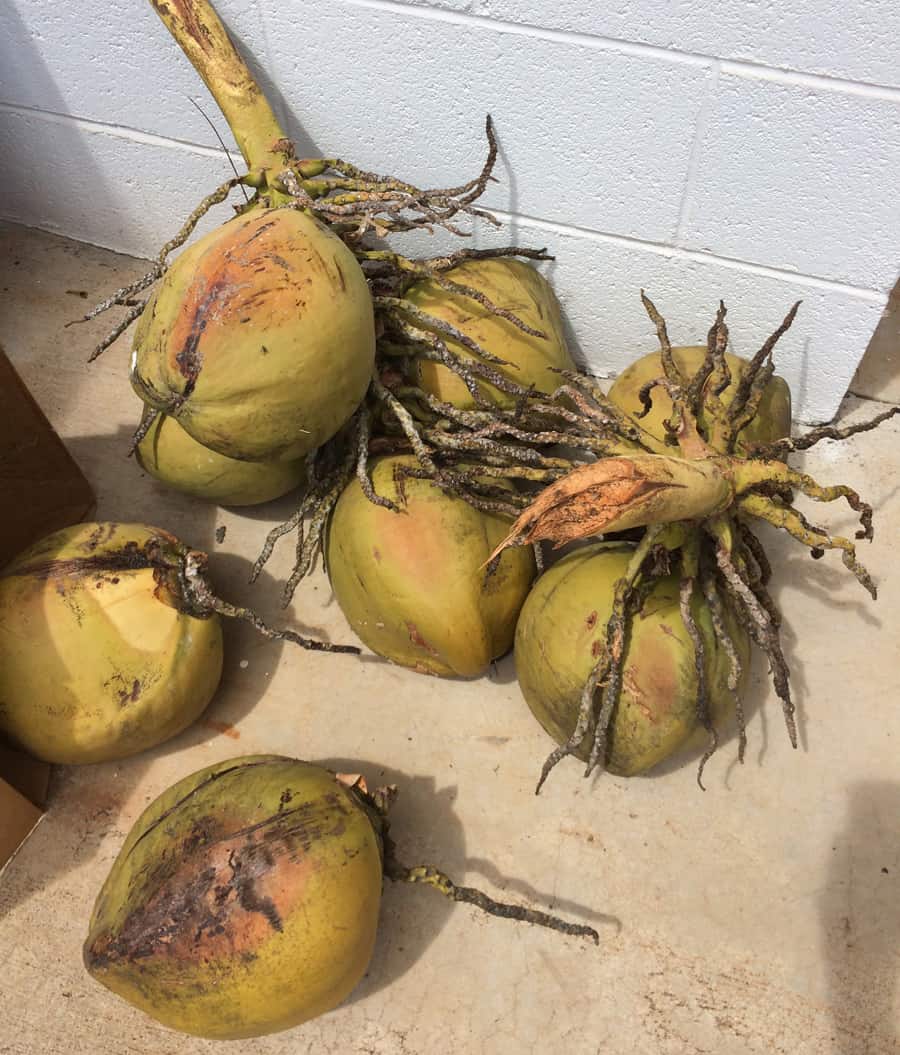(This is part I in our series on living slow)
Slowing down. Living slow. Its been in the social consciousness for a while now. Slow food, slow cities, slow parenting. There have been festivals, magazines, blogs, and entire social movements dedicated to slowing down. But what is the hype? Why do we care? By and large it’s a look at the ever quickening of all areas of our lives, and asking if speed is necessarily the best thing when you’re talking about your kids, your food, your environment. (Note: of course ‘Alohi Kai is about oceans and jewelry and marine life …stay with me, there is a point to this.)
Lets start with slow food. Hi I’m Shera, and I’m a foodie. An accidental one, but definitely a foodie. Ask anyone who’s known me for any length of time, they’ll mention food. Waaay before food was fashionable, I began cooking things because they weren’t available where I lived. I learned to make pesto and curry after moving back to the US from London in the 80’s – I missed them, and at the time it wasn’t as available as it is now. Later on I roasted peppers and ground spices to make harissa, and kneaded potato dough for gnocchi when I craved it. And along the way, in order to make food properly, I got acquainted with the food’s attached history – and that history opened up whole cultures to me. Glorious!
So began a love affair with food. Now it’s small batch tonic water, hand-kneaded bread, and salted caramels at home. It’s a way to remember places we’ve lived (and are living) by enjoying their food. But learning to make food in traditional ways has meant finding the most basic, fresh ingredients. So we grow what produce we can, trade with friends and family, and buy the rest at farmers markets. The result is Lemon-basil sorbet made with Dad’s lemons; surniam cherry jelly from the tree up the hill; pickled turnips and mangos from the yard; and gyoza and jiao zi (potstickers) from fresh, delicious local pork.
Slow food is made from slow ingredients. Living slow means waiting for the tomatoes and kumquats to fully ripen before picking, taking the time to let chickens and pigs grow instead of pumping them with growth hormones. Our friends think we cook well, but can’t go wrong with such fresh, local ingredients.
All this food talk is to bring me to a simple point. Allowing things their due time, and learning about the stories and histories behind them is can be a great alternative to the fast food + fast entertainment route. It’s illuminating, gives food a context, and is actually pretty interesting! Friends who eat with us find themselves interested in the backstory, and some even want to learn how to make it themselves. And knowing the time it takes makes a shared meal with them more special.
Of course, living slow is not possible all the time, nor is it ever possible for some lifestyles. But when it does make sense, and if you have the luxury of choice, we encourage you to try the slow way! As an event with friends, or just at one of the many excellent restaurants that now champion slow food. There is value in slow. We like that it tends to be more respectful, and that it places value in people, relationships, and sustainability to do so. But if that’s not your thing, don’t try it for that, try it for all the delicious benefits the right amount of time can give you.
